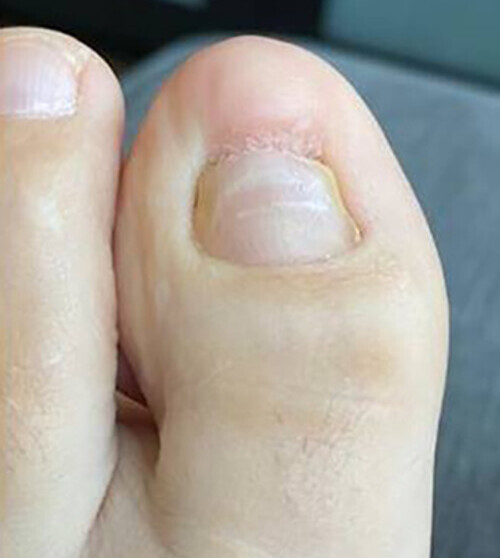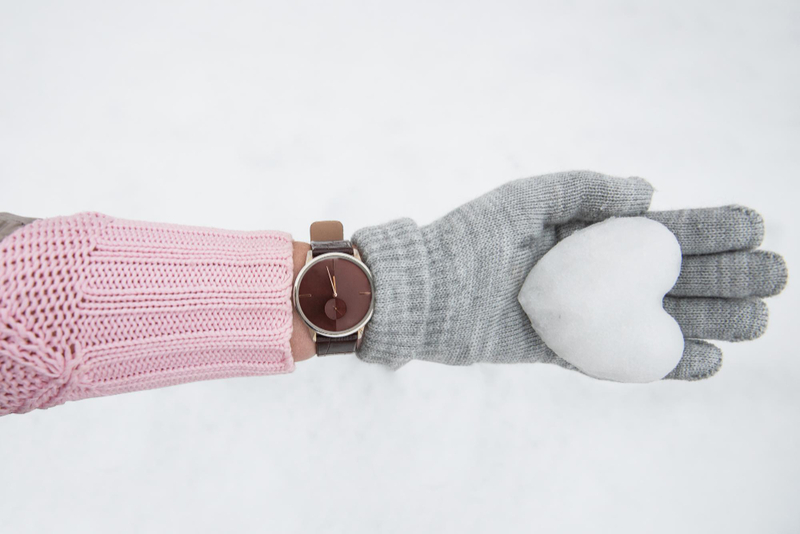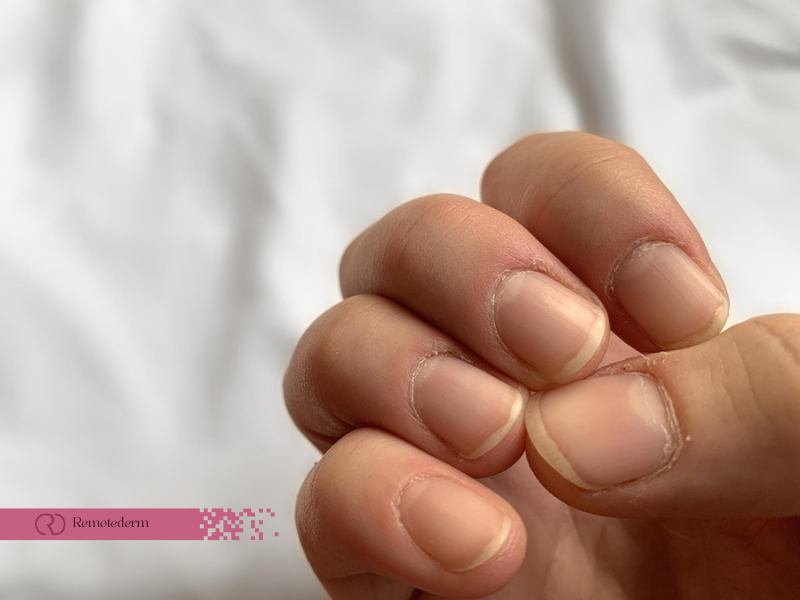If you’ve ever stared at your nails and asked, “Why is my nail bed disappearing?” you’re not alone. A disappearing nail bed happens when the pink part under your nail starts shrinking, leaving you with more of the white free edge. It might seem like a small cosmetic quirk, but sometimes it can hint at bigger concerns, like Nail diseases. In Canada, more people are checking their nails these days, especially since Online nail dermatology services have made it simpler to consult a pro from home. This article digs into what is a disappearing nail bed, why it might be happening, and what you can do about it.
What Is a Disappearing Nail Bed?
A disappearing nail bed refers to the area of the nail that recedes or looks smaller over time. Normally, the pinkish region extends from the cuticle to near the fingertip. When part of that pink zone shrinks away, the white tip grows longer in comparison. Sometimes it’s harmless, just caused by minor trauma or daily habits. Other times, it can be linked to underlying issues like infections or genetic factors. If you’re in Canada, a quick Online nail dermatology chat can help you figure out whether you’re dealing with a bigger problem.

Why Is My Nail Bed Disappearing?
Different reasons explain this shift, including:
- Chronic Nail Trauma: Hitting your nails on surfaces or playing contact sports can gradually push the nail bed backward.
- Biting and Picking: Chewing your nails too short stresses the bed and makes it retreat.
- Fungal or Bacterial Infections: These can irritate the tissue under the nail, causing it to recede.
- Nutritional Gaps: Lacking certain vitamins and proteins can weaken the nails.
- Cold, Dry Air: In places like Canada, winter dryness can lead to brittle nails, adding to the risk of bed shrinking.
Disappearing Nail Bed Treatment Options
If your nail bed is vanishing fast, you might consider disappearing nail bed treatment methods:
- Gentle Nail Care: Keep nails at a moderate length—too short invites trauma, while too long increases accidents.
- Hydrate and Moisturize: Use cuticle oils or nourishing creams, especially in Canada’s harsh winters.
- Wear Gloves for Chores: Chemicals and frequent water contact can worsen dryness, so protect your hands.
- Target Infections: Use over-the-counter treatments for mild fungal or bacterial issues. If symptoms persist, see a doctor.
- Balanced Nutrition: Adequate protein, zinc, and biotin can make nails stronger.
- Seek Professional Help: When in doubt, a Dermatologist can offer personalized treatment or rule out serious Nail diseases.
Early Signs Your Nail Bed May Be Retreating
Not all changes happen overnight. Keep an eye out for:
- Wider White Free Edge: If the pink part gets noticeably shorter, your bed might be shrinking.
- Cuticle Changes: A ragged or receding cuticle can hint at repeated trauma.
- Frequent Splitting: Weak nails that split easily could signal a bigger underlying issue.
Nail Diseases vs. Simple Wear and Tear
If your nails simply look shorter in the pink zone, it could be normal wear and tear. But if there’s discoloration, thickening, or pain, you might be looking at certain Nail diseases like psoriasis, fungal infections, or other conditions. In Canada, it’s not hard to find a local clinic or an Online nail dermatology service to do a quick assessment. Don’t let a small issue become a big one by brushing it off too long.
Practical Tips for Canadian Weather
Living in Canada means dealing with cold winters and at times sudden temperature changes. These shifts can dry out your hands and nails, making a disappearing nail bed more likely if you’re not careful. A few practical steps:
- Wear Gloves Outside: Shield your hands from icy winds that can sap moisture from nails.
- Use a Humidifier Indoors: Help your skin and nails retain moisture during heating season.
- Switch to Heavier Hand Cream: In winter, thicker lotions can lock in the hydration better.

What Is a Disappearing Nail Bed vs. Naturally Short Nails
Sometimes people just have naturally shorter pink areas in their nails. The difference is that a disappearing nail bed suggests a change from what you had before. If your nails always looked that way, it’s probably not a true recession. If you’re uncertain, comparing photos or consulting a specialist can clear things up.
Online Nail Dermatology: A Good Option
If your schedule’s jammed or you live far from a clinic, Online nail dermatology in Canada is worth looking into. You can share pictures, describe your symptoms, and get an expert opinion without needing an in-person visit. It’s convenient, especially if you just have mild concerns about your disappearing nail bed. But if you suspect a severe infection or more serious problem, a face-to-face checkup may still be the best bet.
Final Thoughts
A disappearing nail bed can raise eyebrows, but it isn’t always a sign of serious trouble. Sometimes, it’s due to everyday habits like tapping your nails or biting them too short. If you’re concerned, consider a disappearing nail bed treatment plan that focuses on gentle care, hydration, and possibly an online consultation with a Dermatologist in Canada. Keep an eye on changes, especially if you suspect Nail diseases or infections could be behind it all. With the right approach, you can give your nails a better environment to grow and possibly prevent further shrinkage of that pinkish zone.
FAQs
1. Does wearing perfume irritate sensitive skin?
Some fragrances can irritate sensitive skin or trigger mild allergies. Doing a small patch test before regular use might prevent bigger flare-ups.
2. Can skipping meals lead to headaches?
Yes, low blood sugar from not eating can cause headaches. Eating balanced meals and snacks may help avoid that ache.
3. Do dark circles always mean lack of sleep?
Not always. Genetics, allergies, or even thinning skin around the eyes can contribute to dark circles. Proper rest still helps but may not erase them entirely.
4. Does swimming too often dry out my hair?
Chlorine or saltwater can strip natural oils from hair. Rinsing thoroughly and using hydrating hair products afterward can reduce dryness.
